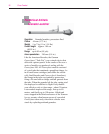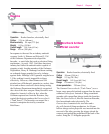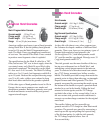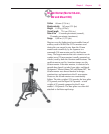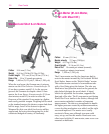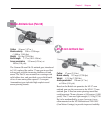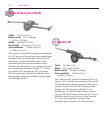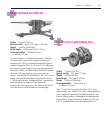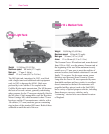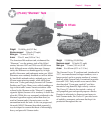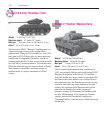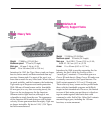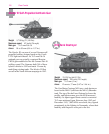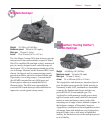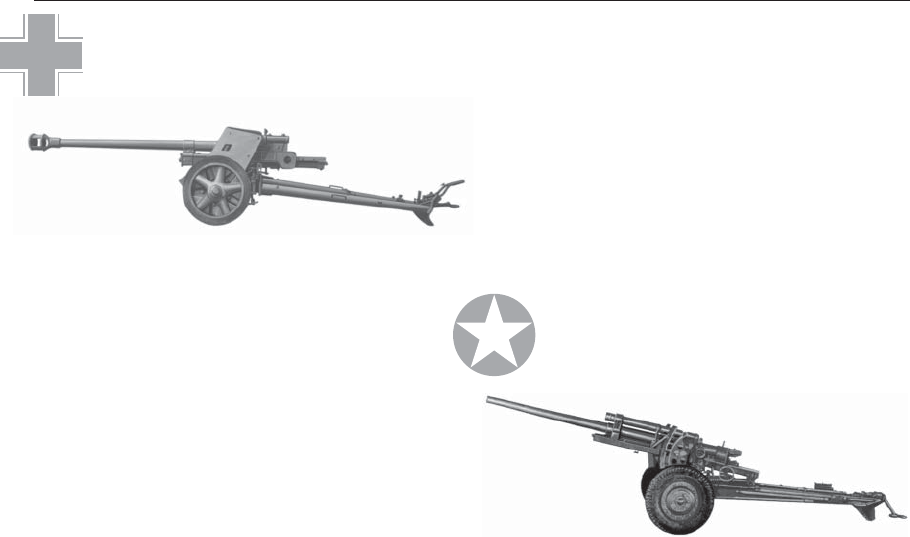
102
Close Combat
3-inch Gun M5
Caliber
76.2 mm (3 in.)
Weight
2,215 kg (4,875 lbs)
Muzzle velocity
792 mps (2,600 fps)
Armor penetration
122 mm (4.8 in.)
at 100 m (110 yds)
The 3-inch Gun M5, which was adopted by the U.S.
Army in 1939, used the same carriage as the new M2
105-mm Howitzer; both new guns were first used in
combat in North Africa in 1942. Officially a light
field gun, the M5 was often called the “3-inch
antitank gun.” It could fire high-explosive, armor-
piercing, HEAT, and smoke rounds, and was used in
both roles until the end of the war. At that time the
U.S. Army discontinued use of the M5 and
rebarreled many of them as 105-mm Howitzers.
75-mm Antitank Gun (Pak 40)
Caliber
75 mm (2.95 in.)
Muzzle velocity
450 to 990 mps
(1,476 to 3,250 fps)
Weight
1,425 kg (3,136 lbs)
Barrel length
3.45 meters (11 ft 4 in.)
Armor penetration
174 mm (6.88 in.)
at 100 m (110 yds)
The German 75-mm Pak 40 antitank gun, introduced
in 1942, was one of several larger-bore antitank guns
introduced that year to deal more effectively with
increasingly well-armored Allied tanks. It was
somewhat more effective than another weapon
Germany introduced that year, an updated version of
the venerable but still potent “French 75” (75-mm
gun, model 1897) mounted on a Pak 38 carriage.
Like that ancient gun, the Pak 40 could fire armor-
piercing, high-explosive, and hollow-charge rounds
at fairly high velocities.





